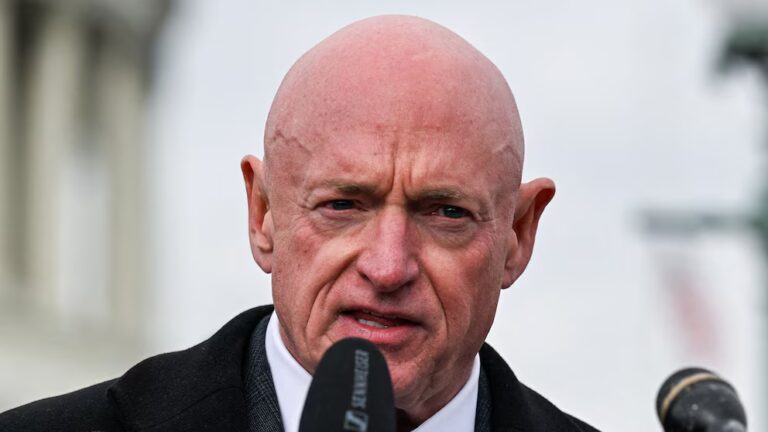
A critical part of the Affordable Care Act’s design is that people can use the law’s financial assistance only to purchase insurance plans that comply with the law’s requirements for preexisting conditions and benefits. The Trump administration, under new guidance released last week, would allow states to dissolve that link.
The new guidance covered 1332 waivers, the program established by the health care law that allows states to pursue their own health care programs as long as they meet certain requirements.
Republicans have been fixated on loosening those federal rules, and this latest revision demolishes that key guardrail embedded in Obamacare.
Under the new guidance, states could allow people to use the ACA’s premium subsidies to purchase plans that don’t satisfy the law’s other provisions. So plans that discriminate against people with preexisting conditions or that offer skimpier benefits — practices Obamacare tried to end — could suddenly benefit from its generous subsidies.
It’s important to note that nothing is going to happen unless states decide to pursue a waiver. All the Trump administration has actually done is crack open this door. States would have to choose to walk through it, and health policy experts I spoke with are skeptical many will.
But there are some likely candidates. Remember Idaho, which sought to circumvent the ACA last year by allowing non-compliant plans back onto its insurance market? They might find the new guidance appealing.
And if states do take up the Trump administration on its offer, it’s quite easy to imagine what the worst-case scenario would look like. Chris Sloan at Avalere Health laid it out for me. It goes like this:
- Subsidies become available for both compliant and non-compliant insurance plans.
- Non-compliant plans actually improve their benefits because their customers will be receiving assistance from the government, allowing them to afford a better product. They will still, however, be cheaper than the ACA plans.
- ”Healthier individuals will have a massive incentive to buy the cheap products,” Sloan said. “The consequences are pretty dire for those who stay in the [compliant plans].”
- Premiums will go up for the Obamacare plans, as healthier people leave them for the cheaper but improved non-compliant insurance.
- One condition of these waivers is budget neutrality. At a certain point, premiums will increase so much for Obamacare-compliant coverage that states will have to put a cap on the federal assistance people receive so they meet the budget neutrality requirement.
- Right now, people are protected from premium increases because their assistance rises as much as it must to keep coverage affordable. But if there were suddenly a cap on federal assistance, people would start to feel the premium increases that were precipitated by allowing people to use subsidies for non-compliant plans.
- ”Those people start feeling the impact of that spiral, and eventually they are unable to afford their coverage,” Sloan said.
Remember, the people most likely to stick with Obamacare-compliant coverage are people with preexisting conditions, who know they’ll need good insurance to cover their expected medical bills. They’re the ones at risk in this worst-case scenario.
Again, whether this happens or not will depend on the states. But this is the fear.
vox-mark
VoxCare
Subscribe
By signing up, you agree to our Privacy Policy and European users agree to the data transfer policy.
For more newsletters, check out our newsletters page.
This story appears in VoxCare, a newsletter from Vox on the latest twists and turns in America’s health care debate. Sign up to get VoxCare in your inbox along with more health care stats and news.
Join the conversation
Are you interested in more discussions around health care policy? Join our Facebook community for conversation and updates.
Sourse: vox.com






